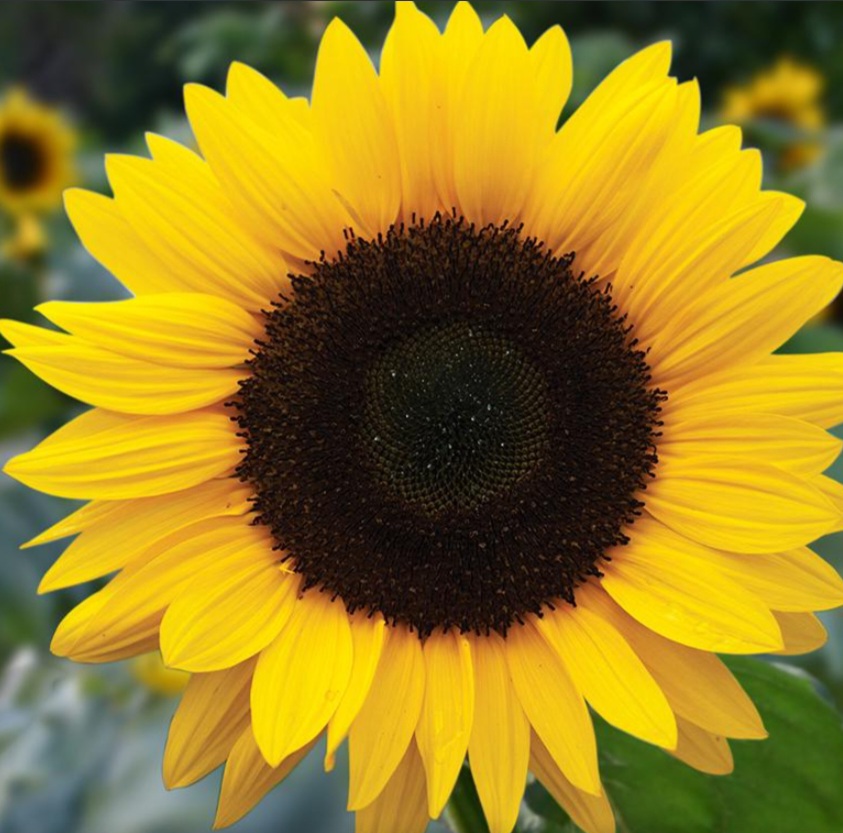Planting Sunflowers
go.ncsu.edu/readext?855739
en Español / em Português
El inglés es el idioma de control de esta página. En la medida en que haya algún conflicto entre la traducción al inglés y la traducción, el inglés prevalece.
Al hacer clic en el enlace de traducción se activa un servicio de traducción gratuito para convertir la página al español. Al igual que con cualquier traducción por Internet, la conversión no es sensible al contexto y puede que no traduzca el texto en su significado original. NC State Extension no garantiza la exactitud del texto traducido. Por favor, tenga en cuenta que algunas aplicaciones y/o servicios pueden no funcionar como se espera cuando se traducen.
Português
Inglês é o idioma de controle desta página. Na medida que haja algum conflito entre o texto original em Inglês e a tradução, o Inglês prevalece.
Ao clicar no link de tradução, um serviço gratuito de tradução será ativado para converter a página para o Português. Como em qualquer tradução pela internet, a conversão não é sensivel ao contexto e pode não ocorrer a tradução para o significado orginal. O serviço de Extensão da Carolina do Norte (NC State Extension) não garante a exatidão do texto traduzido. Por favor, observe que algumas funções ou serviços podem não funcionar como esperado após a tradução.
English
English is the controlling language of this page. To the extent there is any conflict between the English text and the translation, English controls.
Clicking on the translation link activates a free translation service to convert the page to Spanish. As with any Internet translation, the conversion is not context-sensitive and may not translate the text to its original meaning. NC State Extension does not guarantee the accuracy of the translated text. Please note that some applications and/or services may not function as expected when translated.
Collapse ▲This activity can be done with a single variety of sunflowers or you may choose to compare growth rates and heights of multiple varieties.

Supplies:
- Seed starter trays with soil
- Sunflower seeds
Let’s Do It!
- Prepare seed trays according to directions.
- Plant seeds at a depth indicated on seed packet – usually about a 1/2-inch
- Place in a warm, sunny spot.
- Water to keep soil moist.
- When the seedlings are big enough, transplant into your garden or a big pot.
After preparing the trays and planting the seeds, there is still much work to do and many lessons to be learned. You can learn the importance of taking care of seedlings while watching them grow. Imagine your excitement when a small seedling starts to emerge from the soil that you so carefully tucked it under just days before!
Sunflower Activities
- Count and record the number of seeds you have in each pack. Additionally, you can measure the seeds
- Be creative in counting! For example, you can counting by 2’s, 3’s 4’s, 5’s, 6’s, 7’s, 8’s and 9’s.
- On the back of the seed packets, you should find information about germination time and mature height. Before looking at this, write a hypothesis on which one will germinate the quickest or which one will grow the tallest based on the size of the seeds.
- Compare the days to germinate, mature plant height or days to bloom found on the backs of the seed packets.
- Record weekly height measurements of your seedlings.
- Turn it into an art project! Use yellow construction paper, cut into 1 inch x 4 inch strips. Glue the ends of each strip together. Cut a stem and a leaf from green paper and a black circle for the center. Glue them on a sheet of construction paper to create a beautiful sunflower. A fun variation would be to use sunflower seeds in the center for an added touch.
For additional activities, downloadable worksheets and pictures of completed projects, visit Carteret County 4-H.
Talk it Over!
- Choose a variable to test like sunlight, water or soil. How does changing the variable affect the growth of the seedlings?
- Does one variety of sunflower grow different than another in the same environment?
- Look up the word heliotropism. How does this process provide benefits to sunflowers and pollinators. What other plants are like sunflowers in this way?
Download the activity PDF


